
In the past few years, cloud computing has become a popular topic of conversation in technology circles. Large and small businesses are moving their infrastructure and applications to the “cloud” — and with good reason.
The benefits of cloud computing range from cost savings to scalability to mobile accessibility, which is driving businesses away from traditional IT methods toward SaaS (Software as a Service), IaaS (Infrastructure as a Service) and PaaS (Platform as a Service).
But how do all these cloud acronyms differ? And which option among SaaS, PaaS or IaaS is right for your business? Let’s take the mystery out of cloud acronyms and take a closer look at key considerations when choosing SaaS vs PaaS vs IaaS.
What is Software as a Service (SaaS)?
The Software as a Service (SaaS) model is one of the most common and popular cloud computing models. It allows for on-demand software delivery that can be accessed from any web browser, often without the need to install any software locally.
What enables SaaS?
A SaaS application can be built within an environment that supports standard web technologies such as HTTP, TCP/IP and HTML. It requires a stateless server environment where its components are located on the vendor’s servers rather than within its client’s network.
What is Platform as a Service (PaaS)?
The Platform as a Service (PaaS) model provides a user with a scalable computing infrastructure on which applications can easily be developed and deployed.
What enables PaaS?
The principle of PaaS is to reduce the configuration and management burden on information technology, allowing developers to focus on their applications. PaaS provides the ability for users to create cloud-based services from one or more computers running in a data center, virtual machine (VM) or within a software package. The user simply accesses these resources via a website or other cloud interfaces.
What is Infrastructure as a Service (IaaS)?
The Infrastructure as a Service (IaaS) model allows for the provisioning of virtual machine instances, storage and networking services that are hosted on provider’s infrastructure. A user can access these resources through APIs to create, custom applications and deploy them on demand.
What enables IaaS?
Unlike the other two SaaS models, Infrastructure as a Service (IaaS) doesn’t require any modifications to a user’s network or computer system. The virtual resources that are needed by an application are provided by the IaaS provider. As such, it does not require any special technology to be installed on the client’s side, and is thus available to any type of business or customer.
Examples of SaaS
SaaS is getting huge traction recently and many of its sub-branches have emerged. The most common SaaS application is in the form of online document editing. In this case, an office user can log on to a web browser and edit his documents using Microsoft Word or Google Docs from anywhere. Even a simple CRM software or an online accounting software falls under this category.
Examples of PaaS
PaaS allows businesses to easily create their own applications without having to worry about how they will be hosted. For example, one can create their own e-commerce store on the Web without having any prior knowledge of programming languages such as Java or PHP.
Google App Engine is the most well-known example of a PaaS provider that allows businesses and individuals to deploy applications built using the Google Web Toolkit (GWT) and Java technologies on Google’s infrastructure.
Examples of IaaS
IaaS provides a user with access to virtual computer systems that allow for the creation and hosting of applications using open source technologies such as LAMP, Java and Ruby on Rails.
IBM SmartCloud Enterprise is one example of an IaaS provider that allows users to create virtual machines running off of Linux-based operating systems.






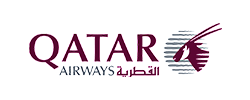






























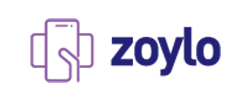
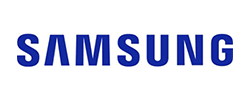
















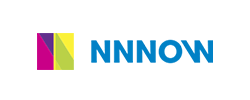


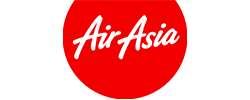
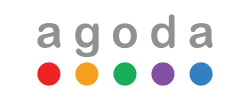



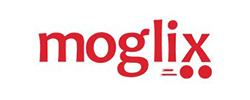

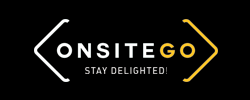


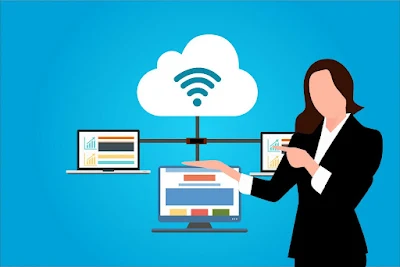
No comments:
Post a Comment